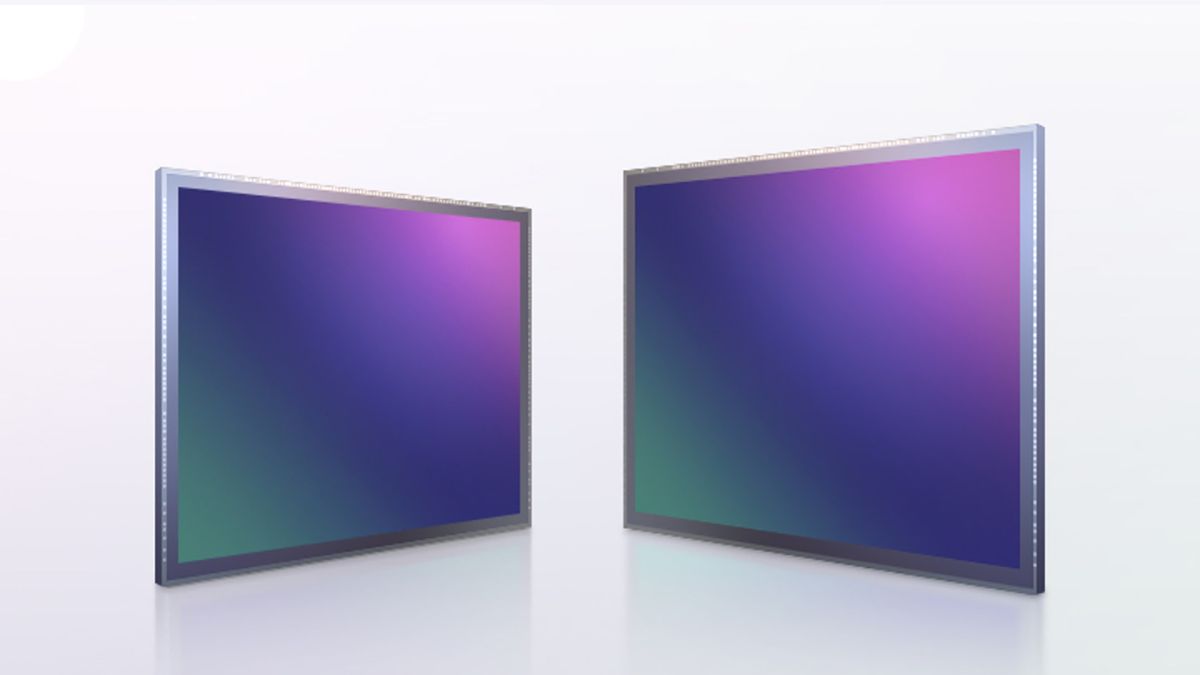Today, Samsung introduced two new sensors: the ISOCELL HP1 and the ISOCELL GN5. The first is the world’s first 200MP image sensor with 0.64μm pixels.
Samsung will use this 200MP sensor to lighten the settings of photographs taken with Android devices.
It’s likely that the Samsung Galaxy S22 will not have an increase in battery life, so we come straight to this news with something to do. Because we’re facing the new 200MP ISOCELL HP1 sensor just announced by South Korean firm Samsung, it’s apparent that.
Samsung ISOCELL HP1 with ChameleonCell technology
Samsung has already claimed the first of the sensors by demonstrating ChameleonCell technology, which may adjust the arrangement of a pixel in response to changes in lighting conditions from two to two, four to four, 16 to 16, and more.
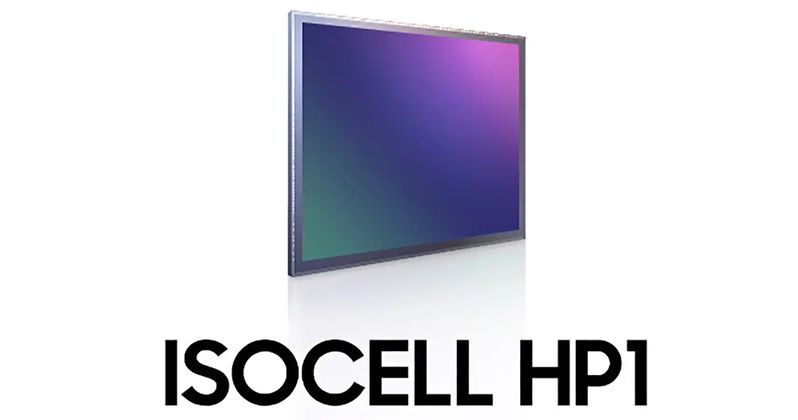
Even when photographs are cropped or resized, the ISOCELL HP1 retains clarity. This sensor’s low-light performance is excellent. In low-light situations, it transforms into a 12.5MP sensor with pixels larger than 2.56μm by combining 16 neighboring pixels to form a bigger picture. This allows for more light to be captured in those moments when daylight fades or the situation is suddenly too dark, allowing for crisper photographs to be taken.
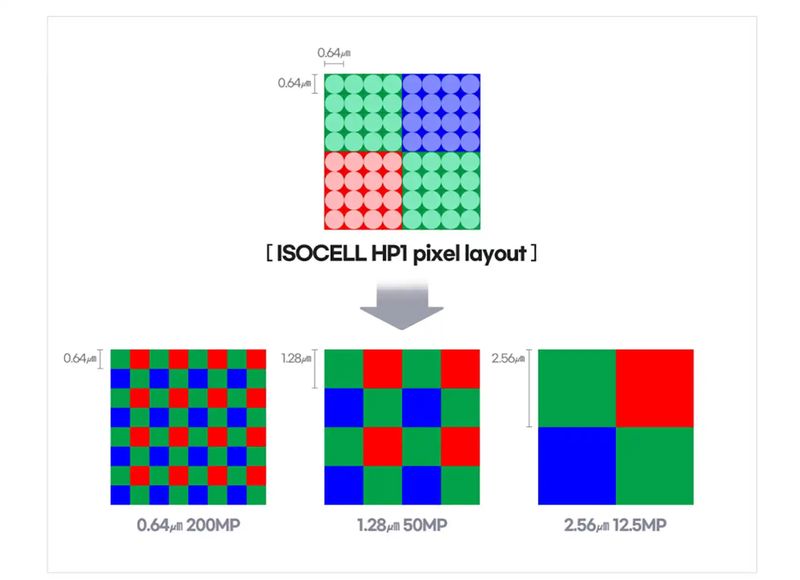
The HP1 can shoot 8K video at 30 FPS. The procedure merges four neighboring pixels to reduce the resolution to 50MP or 8,192 x 6,144, which is comparable to 4K.
ISOCELL GN5
The other sensor, ISOCELL GN5 is the world’s first sensor with 1.0μm that integrates Dual Pixel Pro. This is a technology that exists in other companies and improves autofocus capabilities of cameras.
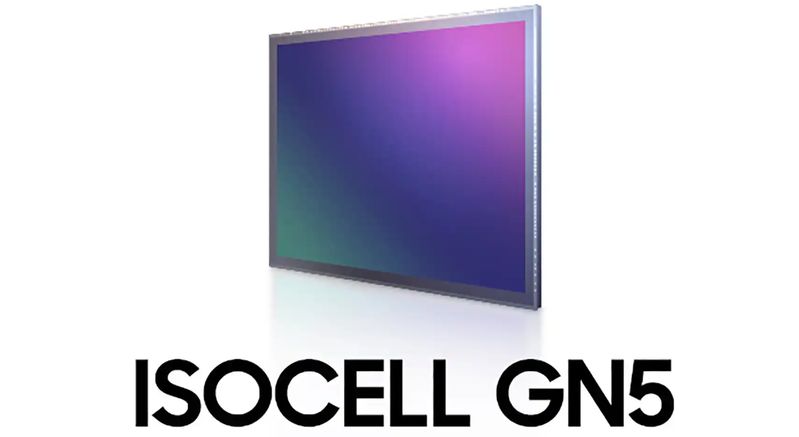
The ISOCELL GN5 is a mid-range smartphone camera with Sony’s Imx258 sensor, which includes two 1.0μm pixel photodiodes that can detect shift patterns in all directions.
The Front Deep Trench Isolation (FDTI) technology has been added to the Sony A7S III, which allows each diode of the Dual Pixel Pro to capture and retain more light information.
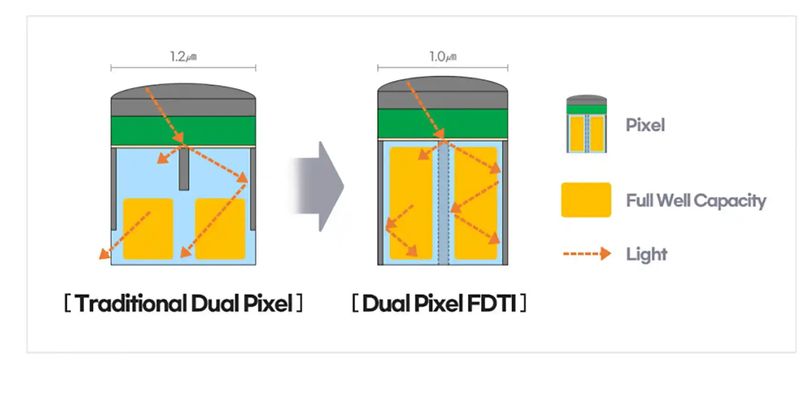
In a nutshell, the ISOCELL HP1 outperforms previous image sensors in terms of photo capture, while the GN5 distinguishes out thanks to its exceptional autofocus speed.
We’ll have to wait for the next Android phones from the company to light up our photographs taken with them.

